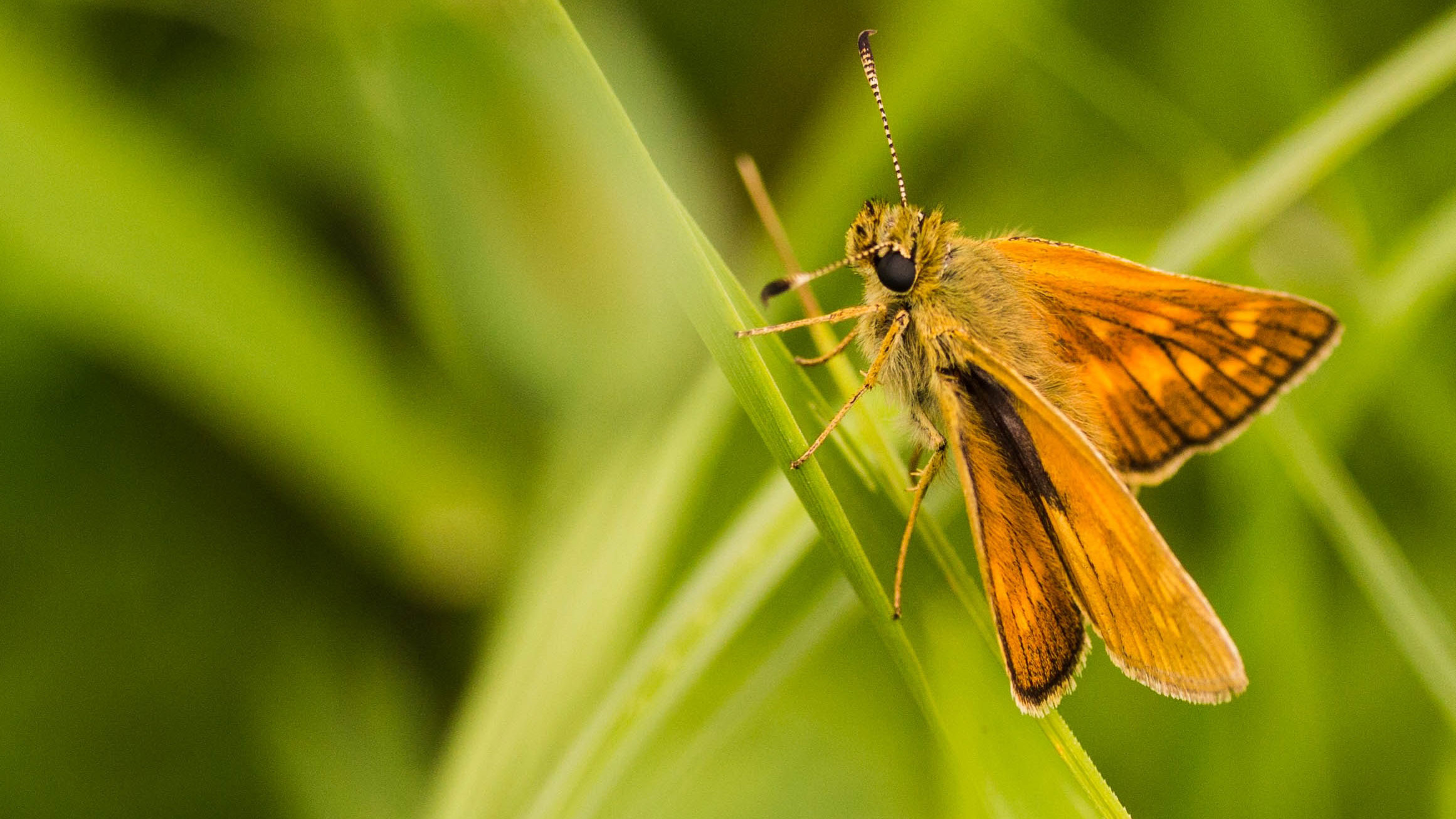Moths' eyes could help you see your phone screen better
Thumbs up, Mother Nature

If you've ever cursed Helios, the Titan god of sun, when trying to look at your phone screen outside, then you'll want to check out the breakthrough the University of Central Florida has made.
Taking inspiration from the eyes of moths, the institution has developed a coating that could make using a screen in direct sunlight a lot easier.
The problem with trying to use a screen in sunlight at the moment - as you're probably aware from owning any kind of glass-packing electronics - is that the reflection can overpower the light output from the screen, making it difficult to see that wonderful cat video you’re trying to watch.
The way that most devices counter this is by tracking the amount of ambient light and increasing the screen brightness. Obviously this isn’t a perfect solution as it massively drains the device battery and negatively affects the screen's contrast.
But by replicating the nano-structures of a moth’s eye, the team was able to create a screen with a surface reflection of only .23%, significantly lower than the iPhone’s surface reflection of 4.4%.
Look into my eyes
Moth eyes have a structure that is covered in microscopic dimples that allows them to see in low light conditions and limits reflection so that they can avoid detection by predators.
Taking inspiration from this, the screen coating is covered in tiny uniform dimples that are about 100 nanometers in diameter. To put that into context, your standard germ is about 1,000 nanometers wide.
Get daily insight, inspiration and deals in your inbox
Sign up for breaking news, reviews, opinion, top tech deals, and more.
The research team was let by Shin-Tson Wu, who has some interesting things to say about the other features of this screen coating: “In addition to exhibiting low reflection, our nature-inspired film is also scratch resistant and self-cleaning, which would protect touch screens from dust and fingerprints.”
What’s more it can be used on flexible displays, so when these bendy screens start becoming a regular occurrence, we'll still be able to benefit from this technology.
As this is still in the trial stage, we are probably a long way off having moth-eye screens on our actual devices - but it's good the problem is at least being recognised.
- Want to learn more about the flexible future of screen technology? Check out: Why the future of phones, wearables and watches is flexible
Andrew London is a writer at Velocity Partners. Prior to Velocity Partners, he was a staff writer at Future plc.
